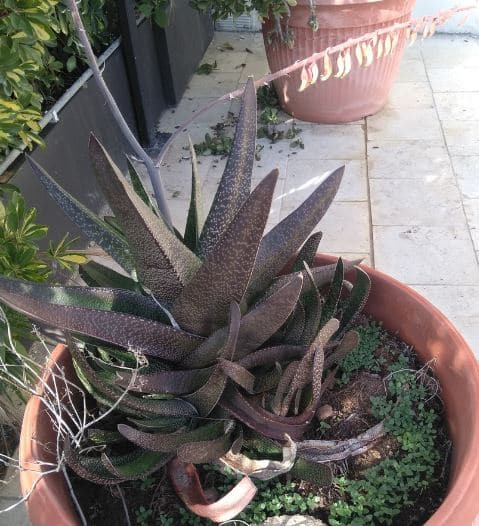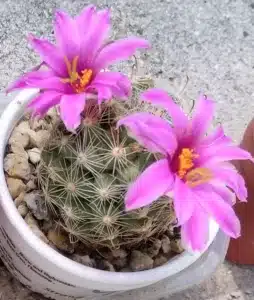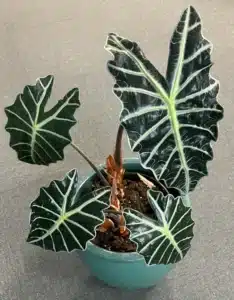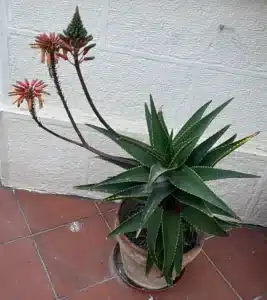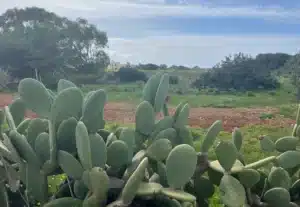
FAQ - Gasteria species
Most frequent questions and answers
I recommend watering your Gasteria every two weeks during the growing season, allowing the soil to dry out between waterings.
Yes, Gasterias can tolerate some shade, making them suitable for indoor environments with less natural light.
No, Gasterias are not heavy feeders. Applying a balanced succulent fertilizer every 4-6 weeks during the growing season should be sufficient.
Regularly inspect your plant for signs of pests, such as mealybugs or spider mites. If detected, gently wipe the leaves with a soapy solution to remove them.

